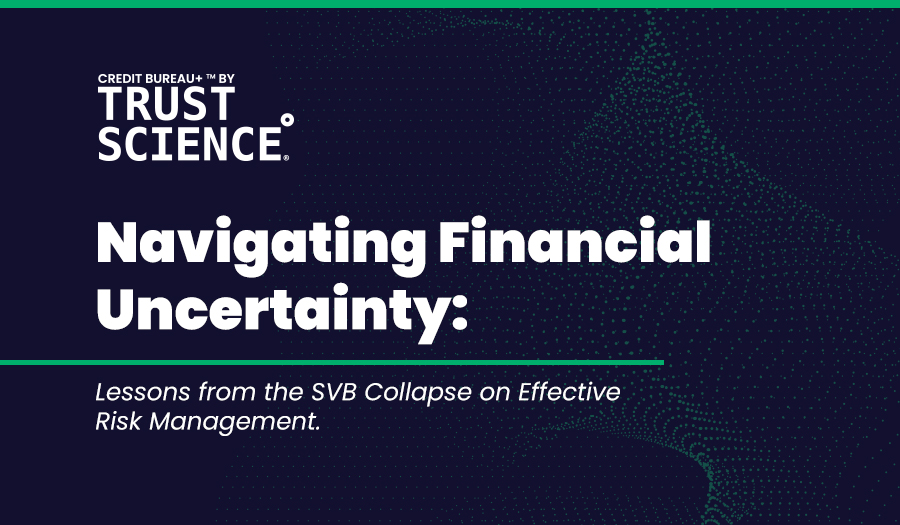In this post, I’ll walk you through our Trust Science credit scoring mechanism using a sample customer loan performance with anonymized test data. The example will not only demonstrate Trust Science’s precise machine learning credit scores but also show the benefits of using an automated underwriting system.
Let’s assume our sample customer is called Cash Now Inc. and they facilitate short-term loans to consumers. They’re interested in:
- Increasing in originations
- Decreasing in bad loans
- Accelerating lending cycles
Trust Science uses its data trifecta to build a machine learning model for Cash Now, the data trifecta is:
- Your data (the lender’s data)
- Consumer data (public and unstructured data)
- Trust Science proprietary data
The Trust Science credit scoring machine learning model far outperforms the previous decisioning models and scorecards in predicting bad loans. This is because Trust Science leverages alternative data such as banking verification data and proprietary Trust Science data on top of traditional bureau and applicant (consumer) data.
Let’s see how Trust Science’s machine learning credit scores perform for Cash Now.
Cash Now Inc. Loan Performance
After creating the credit scoring machine learning model, we test a subset of Cash Now’s loans using the model. The test data provided by Cash Now Inc. indicates the loan outcome, i.e. whether a client had bad loans or not (Figure 1).
Figure 1. Cash Now Inc. Loan Performance (Test Data)
| Loan Outcome | Percentage of Loans |
| Good Loan | 65% |
| Bad Loan | 35% |
Bad Loan Rate: 35%
*The Test Data is a representation of the data set as a whole.
From Figure 1., of the test data provided by Cash Now Inc., 35% of total loans were considered bad. Keep in mind, all businesses have a different definition of what is considered a bad loan. For Cash Now Inc., let’s assume their definition of a bad loan is 60 days past due.
Trust Science Credit Scoring Model
The Trust Science credit scoring machine learning model uses the test data to generate a Trust Science credit score for each loan. We then categorize each loan into three buckets of scores:
Figure 2. Trust Science Credit Scoring Buckets
| Lower Cutoff | Review | Upper Cutoff |
- Upper Cutoff (Auto-Approve) – Scores above this number will be automatically approved, (unless there is a knockout rule, such as fraud, used by the lender for an automatic decline).
- Review (Manual Review) – Scores that fall between this range will require a manual review by a loan officer.
- Lower Cutoff (Auto-Reject) – Scores below this number will be automatically declined.
The automatic rejection and approval in the credit decisioning process is the foundation of Trust Science’s underwriting automation
Trust Science Credit Scoring for Cash Now Inc.
Cash Now generally approve loans with a score greater than 500. This is based on Cash Now’s specific business performance and risk tolerance, indices which vary by lender. The range that requires review typically spans 50-100 points difference. For purposes of the example below, we used 50 points as the range.
Figure 3. Trust Science Credit Scores for Cash Now Inc.
| 475 | 476-524 | 525 |
| Lower Cutoff | Review | Upper Cutoff |
| Bad Loan Rate: 45% | Bad Loan Rate: 23% | Bad Loan Rate: 11% |
As we see above, the scores that fall between 476-524 will require a manual review. Scores above 525 fall in the upper cutoff and are automatically approved. Scores below 475 will be automatically rejected. As score cutoffs vary for lenders by their business performance and risk tolerance, these automatic approval and rejection cutoffs are specific to Cash Now.
*Note that resulting credit score distributions are also unique to each lender; scores do not translate across lenders and score cutoffs do not translate across lenders.
In Figure 3., the Trust Science credit scoring machine learning model more accurately predicted a loan’s probability of being bad. Loans with Trust Science credit scoring applied resulted in a significantly lower bad loan rate, 23% and 11% resulted in a bad loan rate for loans that were classified as “Review” or “Upper Cutoff”, respectively.
Cash Now Rejected Loans with Trust Science Credit Scoring
We then use the results from the test data to learn what the Trust Science credit scoring machine learning model would have categorized as “Review” or “Upper Cutoff” that were previously rejected loans within Cash Now’s complete data set.
Figure 4. Trust Science Credit Scoring for Cash Now Inc. with Rejected Loans
| 475 | 476-524 | 525 |
| Lower Cutoff | Review | Upper Cutoff |
| Bad Loan Rate: 45% | Bad Loan Rate: 23% | Bad Loan Rate: 11% |
| Previously Rejected Loans: 70% | Previously Rejected Loans: 20% | Previously Rejected Loans: 10% |
As we can see in Figure 4., our credit scoring would have considered 20% of previously rejected loans for review and would have automatically approved 10% of previously rejected loans in the upper cutoff.
What does that mean to Cash Now?
Trust Science Credit Scoring Performance Results
Trust Science’s credit scoring machine learning models enable Cash Now Inc. to automate their loan underwriting. The result? Cash Now Inc. will see increased originations, decreased bad loans, and accelerated cycles with less human error.
Figure 5. Trust Science Credit Scoring Results for Cash Now
| Review | Upper Cutoff |
| Bad Loan Rate: 16%
Rejected Loans: 30% |
|
Results for Cash Now Inc.:
- Increase Originations – Approve loans that otherwise would have been rejected (over 30% of previously rejected loans).
- Decrease Bad Loans – Bad loan rate decreased by 54%.
- Accelerated Cycles – Improve operational efficiency, profitability with automated loan underwriting.
Interested in learning more on automating your loan underwriting? Watch our joint webinar with Vergent LMS now.






